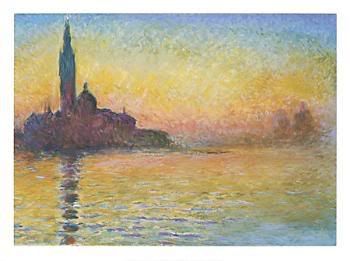
To encounter perfumes that are vaguely inspired by masterful creations is one thing. To actually sample them to find out that they have a wonderful character of their own is another and it was that latter pleasant discovery that enthralled me recently when I sampled the latest creation by Armando Martinez, a fledging Nevada niche perfumer who is working with a great appreciation for the classics of long ago in his heart and a steady hand in dosage and composing in his creations. Since here at Perfume Shrine we like to give everyone talented an opportunity to get their message across and not just those who send out press releases and free bottles for the plucking, it was only natural that our interest was piqued by his newest release.
His first scent Maquillage which had been duly reviewed here on Perfume Shrine some time ago was a very successful rendition of that elusive and glamorous girly stuff that we put on our faces (and decadent décolletage sometimes) face powder: the old fashioned kind in the exquisitely gilded compacts applied with the great puffs of swan down in great big gusts like silver screen sirens used to. The imagery of a modern day Veronica Lake or Jean Harlow in her boudoir powdering herself was evoked by the delicate rosy undertone of Maquillage luring us into glimpsing the hidden aspect of the feminine mystique at its scheming stages.
Now comes Pillow of Flowers to evoke a less conniving aspect of the feminine process, none the less alluring though and with an added peel of complexity to make us delve a little deeper into Armando’s Martinez psyche and unearth images of glamorous ladies that have impressed him with their elegance and élan.
Armando admits that the inspiration behind Pillow of Flowers was the great aldehydic fragrance by Ernest Beaux, that Russian émigré working for Chanel, no.22.
An aldehyde is an organic compound containing a terminal carbonyl group, i.e., a O=CH- group attached to hydrogen or a carbon chain. This functional group, which consists of a carbon atom bonded to a hydrogen atom and double-bonded to an oxygen atom (chemical formula -CHO), is called the aldehyde group. They basically appear as strings of Carbon atoms that are named after the amount of the latter they contain.
Since they are organic matter, organic material may have them such as plants and in fact many do. But the aldehydes in perfumery are manufactured, in the lab. They were among the first synthetic ingredients used, most notably in the iconic Chanel no.5. Those with an interest in them can read more clicking here and here.
Chanel No22 shines like a lustrous moonstone with a touch of platinum mounting, illuminating the night with its mysterious and uplifting qualities and transporting the wearer to an era of flappers wearing long strings of pearls and bobbing their hair a la Fitzerald.
With such an ambitious prototype Armando put all his art into weaving chiffon-like textures into the manipulation of white florals such as jasmine, orchid, ylang ylang and tuberose along with the opulence of various kinds of rose (damascena and centifolia) and cassie (acacia farnesiana, that yellow pom-pom blossom) rendering a rich impression of being buried in an armload of blossoms. Synthesized notes of lilac and lily of the valley are also present, following the freshness of initial top note of bergamot and neroli (which do not appear flamboyantly but instead quickly leave the limelight to the real protagonists, the florals). The whole is lucidly balanced and supported by a lingering sparkling base containing aldehyde C11, an unusual touch in the base of a fragrance, contrary to the common perception that aldehydes are only top notes adding fizz like the bubbles of Veuve Cliquot; just a hint since it is quite a potent smell by itself. Armando is using his restrained hand to instil just a smidgeon, paired with the lightest touch of frankincense, which accounts for a retro feel that is eminently admirable without ever smelling obsolete. A clean element like French triple-milled soap is also responsible for the light feel it gives upon drying down which adds to the beauty of the whole, featuring light notes of vanilla and opoponax.
The slightly powdery bases that Armando Martinez uses are always soft and cuddly and remind one of the comfort of soft materials worn on bare flesh. This one lingers quite seductively without losing its core message which is one of nostalgia for a bygone era of great style.
In a market inundated with same old same old, this fragrance is cutting a quiet dash with its mesmerising elegance and its satiny façade that reveals the woman behind the perfume and not the other way around.
I am very eager to try out everything new this wunderkid is trying to accomplish next and wish him success upon his forthcoming presentation in premier site First in Fragrance.
The Pillow of Flowers fragrance notes are:
neroli, bergamot, jasmine, tuberose, roses (multi-varieties), lily of the valley, lilac, orchid, cassie, vanilla, vetiver, frankincense, opoponax and aldehydes (the magical component of the creation).
This scent comes in a 2 ounces (60ml) size Eau de Parfum spray bottle, lovingly put together for you upon request.
Purchase price: $65.00 a bottle
Perfumes by Armando Martinez can be purchased or sampled by contacting him through his blog Parfums d'Armando Martinez or by mailing him at mandocmartinez@yahoo.com.
I am sure you will be in for a great pleasant surprise. I assure you that no one will be smelling quite as lovely as you will.
Pic comes from film "Pillowtalk" with Doris Day.
.jpg)





 <
<





